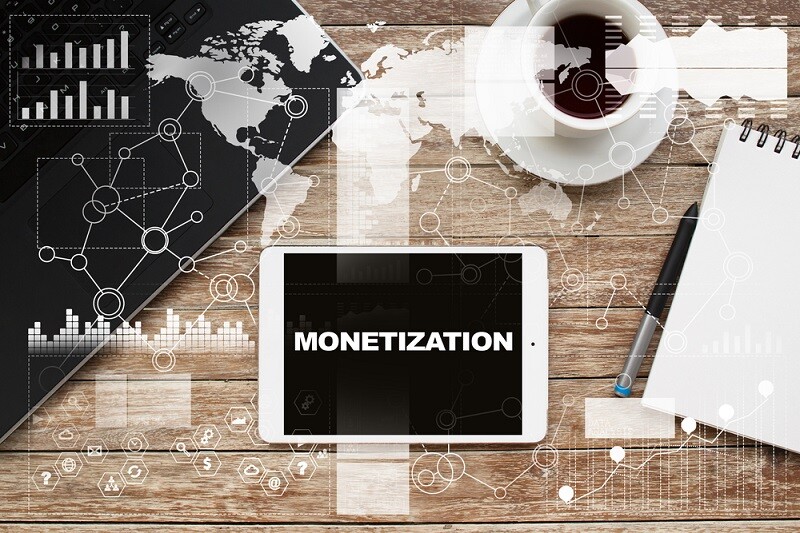Introduction to Data Monetization
Over the past 25 years, organizations have invested a huge amount of money in infrastructure, tools, and people that generate and capture data about their customers and operations. If data can be seen as the oil of business in the 21st century, it is shocking to see that various companies still utilize only a small amount of the valuable data that is available to them. This can be described as being data bankrupt.
Nowadays, underutilized data is a very big problem. Gartner Inc. has reported that about 90% of business leaders see information as a strategic asset, still, less than 10% only can measure the quantity of its economic worth. Whereas this data possesses the ability to create significant business value, many companies are not grabbing the opportunity. This means driving new sources of revenue, cutting costs, deepening customer relationship and improving decision-making. In an environment where the investments of a company highly focused on storing data, many businesses haven’t yet figured out how to prioritize, scale or even unlock their data. Organizations are failing to utilize the opportunities to share insights that are critical to their network of business partners and customers; insights that could allow them to strengthen current business relationships and generate new digital services or products, and steer revenue for the business.
With the idea known as “data monetization,” organizations can transform their data that remains underutilized into quantifiable returns. While some may have the feeling that the term data monetization is highly aggressive, signifying selling data, the real process of monetizing data involves sharing critical insights and offering personalized analytics to one’s network of business partners and customers to drive revenue, relationships and retention.
Irrespective of the type of deployment, the insights gained provide companies the with the capability to develop strategies and adjust projects to enable businesses to function better. The monetization of data is developed on offering true ROI to make sure that companies can obtain high value from their data.
Approaches to Data Monetization
Below here is the recommended approach to monetizing data.
Determine the Available Audience
The researchers at Booz Allen Hamilton have estimated that about $500 billion will be generated from exploiting big data commercially, but almost 80% of that data is not being utilized for the purpose of revenue generation. Analyzing your available business networks is the first step to monetizing data. If you make analytic information(not personal or data) available to these audiences, what kind of performance improvement can you expect? Where would they see value? You will have data about other businesses at your fingertips if you do business with them. Then, the challenges become a “how and what” problem.
Figure out the Product Strategy Based on Value
Once you determine your audience focus and opportunity, you have to prioritize desired outcomes, user personas, and applicable use cases. This is useful for you to understand what you build and for whom you build. This is also useful for you to identify what data to package for each audience and begin to define features and KPIs. Think from the audience perspective.
Develop ROI(Return on Investment) Model-Tiered Pricing
After outlining your product strategy based on value, a company must develop the key considerations for growth, packaging, and pricing of your data services and products. When you compare the prices and offerings of your competitors with your profit margins, you can locate a pricing sweet spot and build the right strategy depending on an increasing ROI model. In a few cases, you might even make your data products charge less to steer revenue generation indirectly through your offering’s other components or simply extend your customers’ lifetime value.
Prepare Internally for Launch and Support
The final step is to launch. In order to do this, you must determine the best possible way to implement your product vision and start gathering customer feedback and prioritizing it. Measuring your audience engagement and collecting feedback from your users directly will help you keep your data offering on the mark. You will also help yourself “land-and-expand” at the speed defined by you. This will help your service stack or data product, cementing your monetization strategy.
What about the data that organizations have collected and stored by spending billions? It is collecting dust, robbing organizations of revenue opportunities and decreasing opportunities to gain a competitive advantage. It is time to monetize the data rather than just collecting and storing your data. Fortunately, the companies are finally realizing that in order to differentiate, they must expand their view of analytics to incorporate the concept of distribution. The analytic solutions that are intended to unlock the importance of data will nearly discover every time, the opportunities for growth that are not realized previously.

